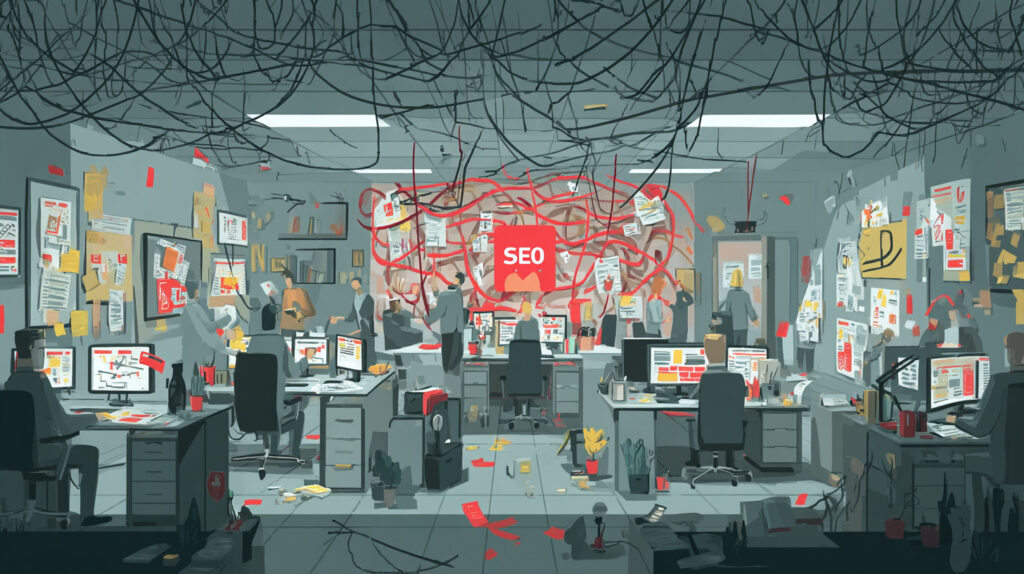Shopify is a dream come true for many entrepreneurs. Its user-friendly interface and robust features make setting up an online store a breeze. But, just because it’s easy to build a shop doesn’t mean it’s easy to get found. That’s where SEO comes in.
SEO can be daunting, but fear not! Let’s explore some essential SEO hacks to give your Shopify store a head start.
Keyword Magic: The Foundation of Your SEO
Keywords are the secret sauce of search engine rankings. Think of them as the words and phrases your customers use to find products like yours. Tools like Google Keyword Planner or SEMrush can help you uncover these golden nuggets. Once you’ve got your keywords, sprinkle them thoughtfully into your product titles, descriptions, and meta tags. For example, instead of a plain “Blue Dress,” try “Elegant Blue Maxi Dress for Summer Parties.”
Product Pages: Your Digital Shop Windows
Your product pages are your shop windows in the online world. Make them shine! Craft compelling product titles that accurately describe your items and include your main keyword. Then, write informative, engaging descriptions highlighting the product’s benefits and features. Don’t forget to use your keywords naturally without sounding robotic. For instance, instead of a boring “Blue Cotton T-shirt,” entice customers with a “Super Soft Organic Cotton T-shirt for Men – Perfect for Everyday Comfort.”
Image Optimisation: A Picture’s Worth a Thousand Clicks
Images are a crucial part of your online store. Ensure they’re high-quality but also optimised for speed. Compress them without sacrificing visual appeal. And remember, search engines can’t see images, so help them with descriptive file names like “blue-cotton-t-shirt.jpg” and informative alt text.
Meta Madness: Crafting Irresistible Headlines
Meta titles and descriptions are your shop signs on search engine results pages (SERPs). Make them catchy, informative, and keyword-rich. Aim for around 60 characters for titles and 150-160 for descriptions. A strong meta title and description can differentiate between a click and a scroll.
Internal Linking: Connecting the Dots
Imagine your online store as a maze. Internal linking is your guide to help customers (and search engines) find their way around. Link to related products or categories within your product descriptions. Use descriptive anchor text like “Check out our other summer dresses” to give search engines clues about your content.
URL Structure: Keep It Simple
Clean and descriptive URLs are easier for both customers and search engines to understand. Shopify usually generates user-friendly URLs, but double-checking and making any necessary adjustments is always a good idea.
Harness Shopify’s SEO Tools
Shopify has some nifty built-in tools to help you with SEO. Use the SEO preview to see how your product pages will look in search results. Take advantage of the automatic sitemap generator and the image optimiser to save time and effort.
Speed is Key: Load Those Pages Fast
Nobody likes a slow website. To improve your site’s speed, optimise your images, minimise HTTP requests, and leverage browser caching. Shopify offers some performance tools to help you get started.
Content is King (and Queen)
Product descriptions are a great start, but don’t stop there. Create valuable content like blog posts, guides, or tutorials. This not only helps your customers but also boosts your SEO. Use relevant keywords and optimise your content for search.
Track, Analyse, and Improve
The beauty of digital marketing is that you can measure everything. Use Google Analytics to track website traffic, user behaviour, and keyword rankings. Shopify’s built-in analytics can also provide valuable insights. Review your data regularly to identify areas for improvement.
Ready to take your Shopify store to the next level?
While these tips provide a solid foundation, there’s always more to learn. Let Whizz People, your expert Shopify SEO partners, help you unlock your store’s full potential. Contact us today for a free SEO audit.




